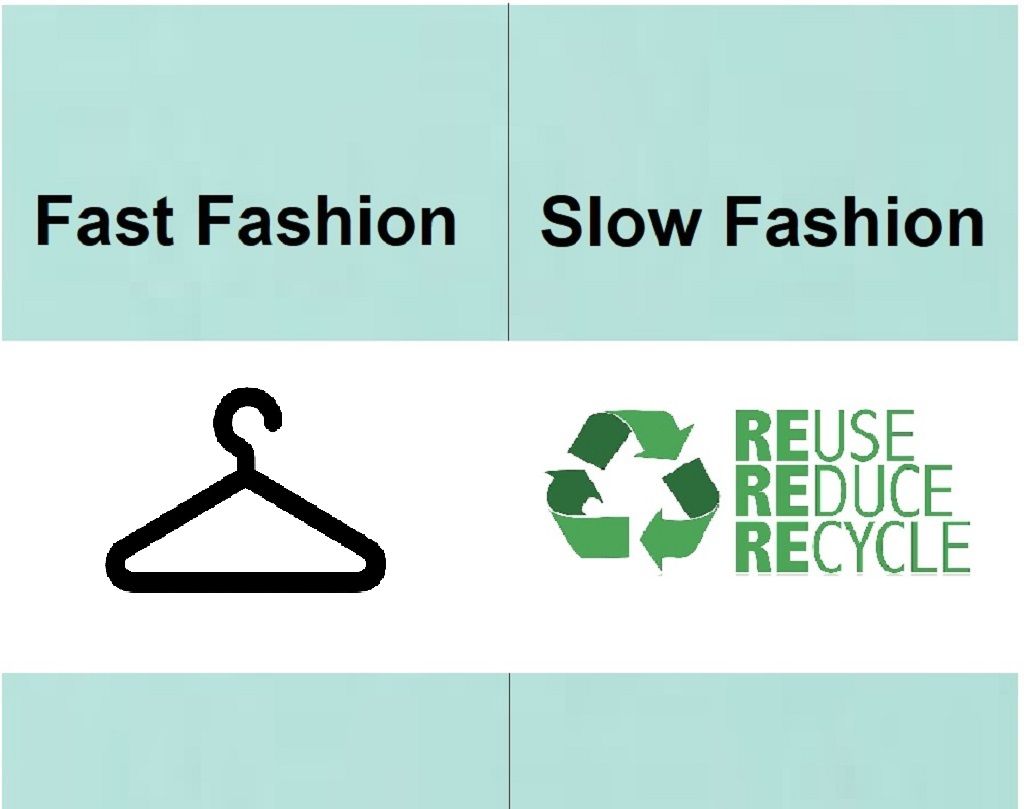Fast Fashion vs Slow Fashion

The world is changing more and more, but change is not always synonymous with improvement unfortunately.Talking about Fast Fashion we know very well that it is not good at all.
We are in favor of "Slow" Ethical "Sustainable" fashion, knowing that it is fair trade with fair conditions also towards workers.
The need for rapid production has led to the exploitation of workers, cheap labor and unsavory working environments, as is the case in garment factories in Bangladesh, Cambodia, some regions of India and other developing countries. which act as real manufacturing powerhouses for the global fashion industry.
And precisely because of the ever-changing trends, there has been a huge increase in collections every year, with world textile production practically more than doubling in the space of a decade, (and not slowing down).
The environmental effects are devastating, with chemical fibers such as "polyester" that are often used in the production of Fast Fashion. Products that are harmful to the environment not to mention the reflections on the person. These fibers are made from crude oil which emits very significant quantities of CO2 during the various stages of production.
While fast fashion has actually fulfilled the desires of consumers for fast clothing collections, it's time to say STOP.
While a Slow Fashion garment attaches importance to high quality materials and environmentally friendly production.
Slow Fashion items are usually made with natural fibers, such as WOOL, CASHMERE, COTTON. These fibers are biodegradable and therefore do not pollute rivers and seas. Production is often done with local producers to shorten supply chains.
Slow Fashion is attracting people's attention thanks to the growing awareness of the impact of the fashion industry. Value is given to garments produced to a high standard, which will last a long time and will not lose shape or color after just a few washes. But Slow Fashion doesn't just describe new clothes produced in a sustainable way, it also applies to second-hand clothes that are exchanged or sold without any production.
In summary you could compare the concept of FAST FOOD with SLOW FOOD.
- The first is a quick food to prepare, often very tasty, but it is known that it is not healthy at all. Like FAST FASHION, a fast product, very often fashionable, economical, but harmful to the environment.
- While SLOW FOOD healthy food, complex in preparation, certainly more expensive, but it is good for our health, equivalent to a quality SLOW FASHION product, certainly more expensive, durable, but above all respectful of the environment.

